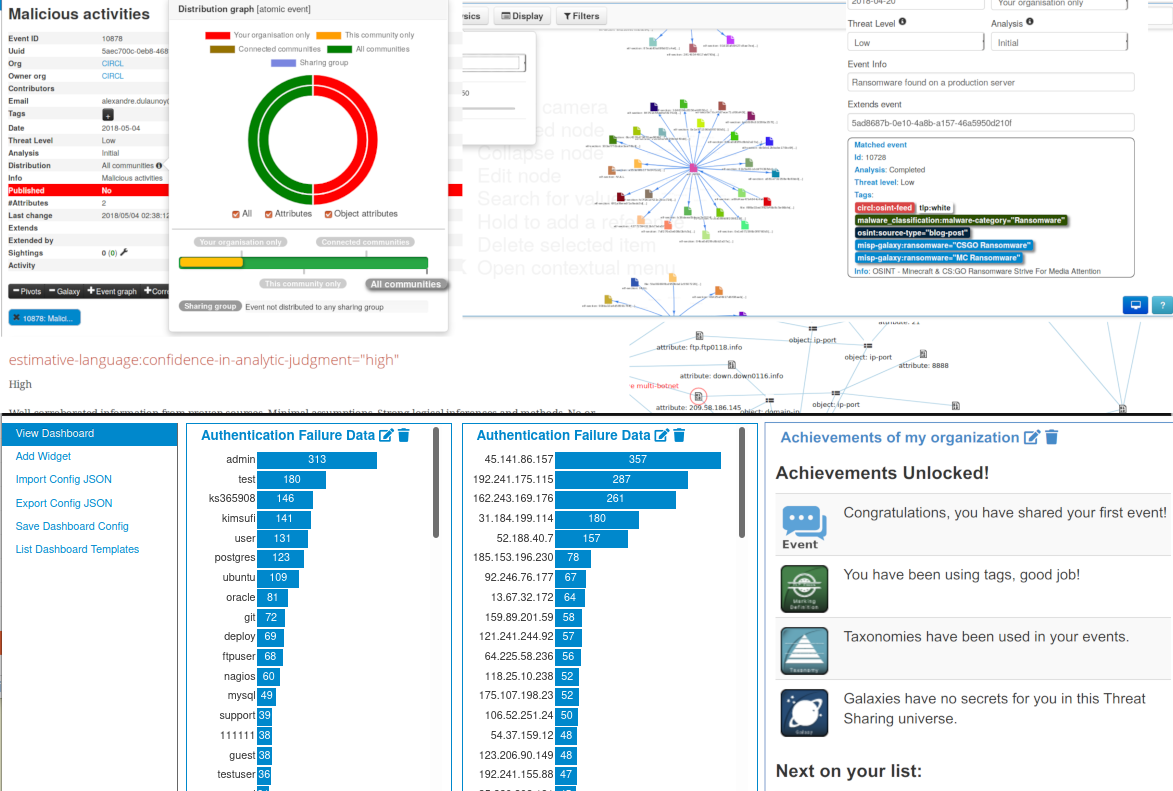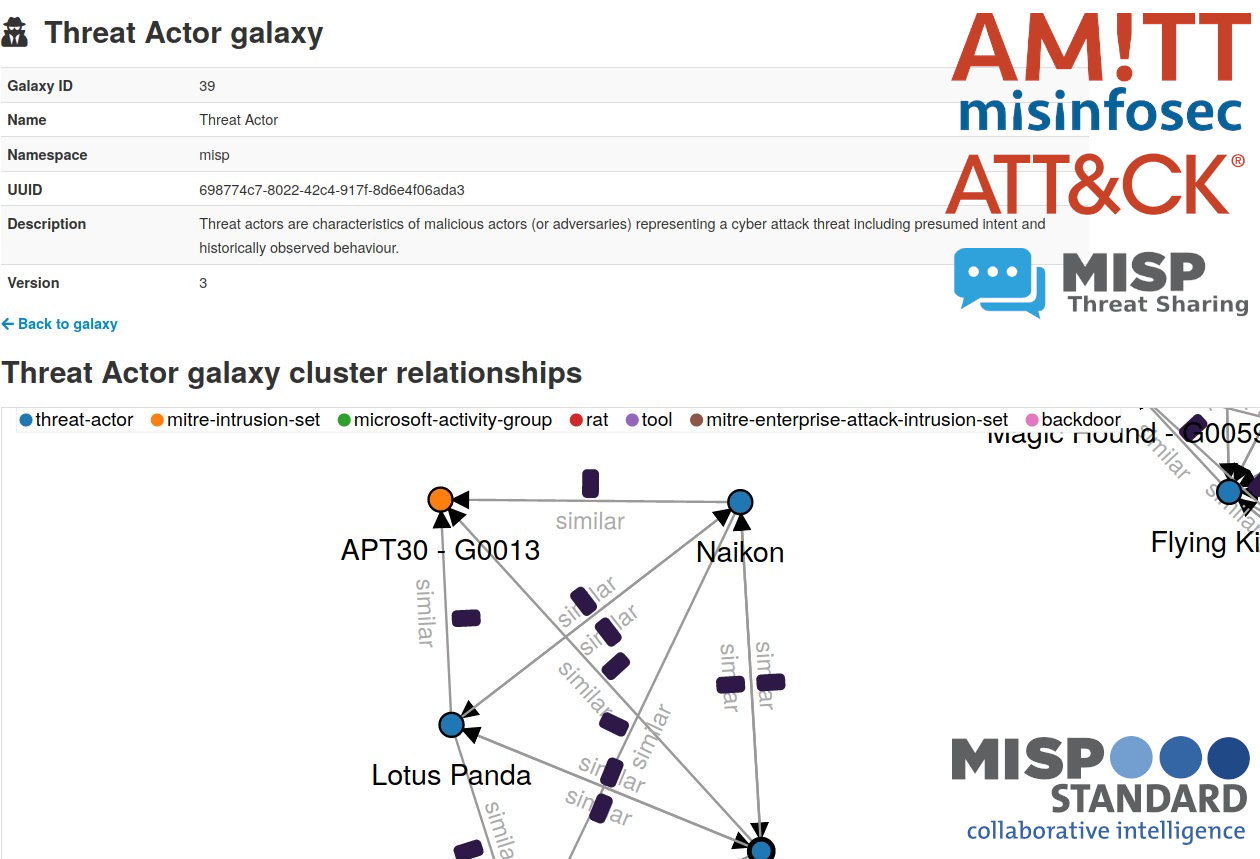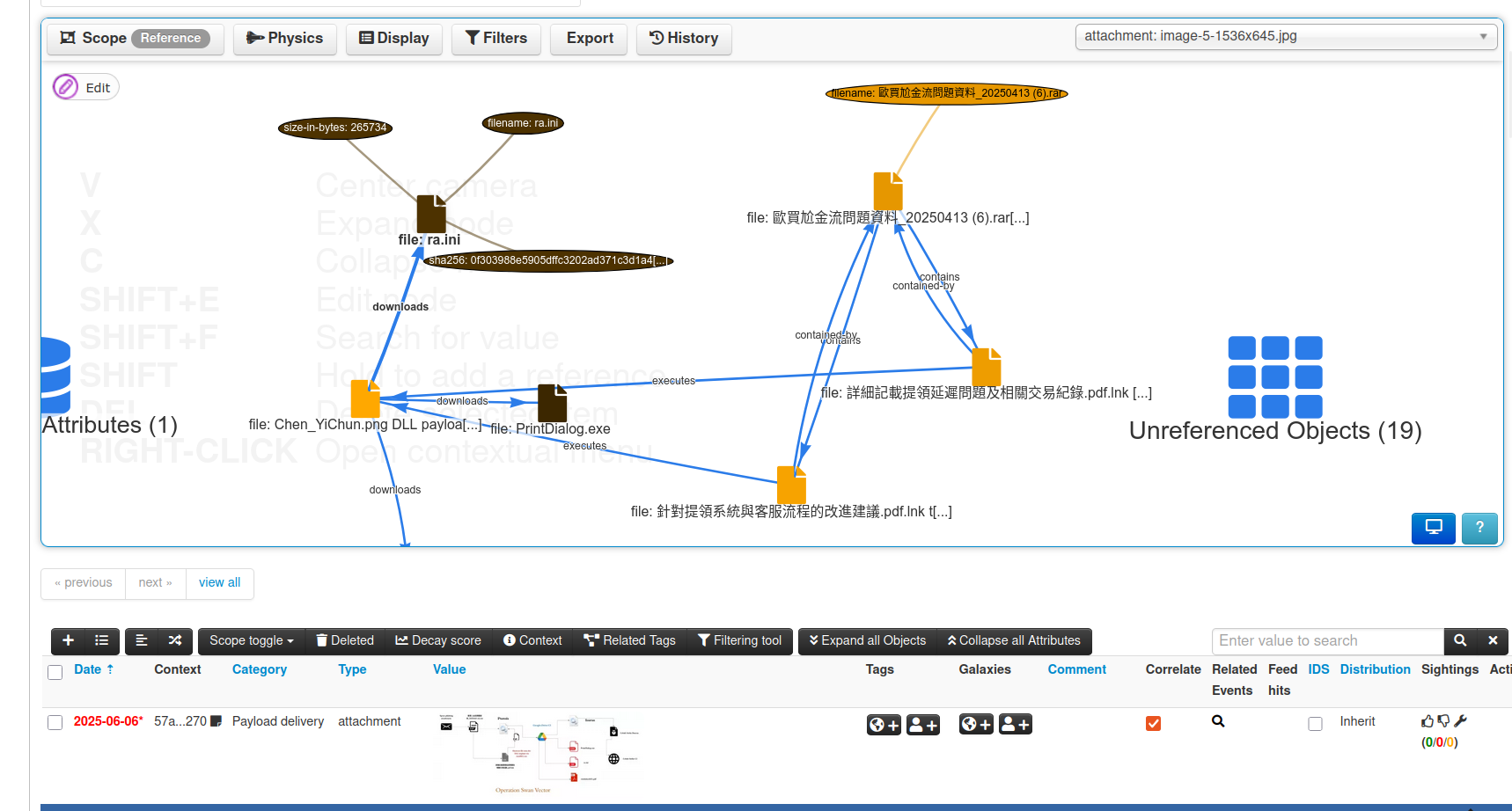The MISP is an open source software solution for collecting, storing, distributing and sharing cyber security indicators and threats about cyber security incidents analysis and malware analysis. MISP is designed by and for incident analysts, security and ICT professionals or malware reversers to support their day-to-day operations to share structured information efficiently.
MISP v2.5.27 - released with new features and various fixes
This release delivers important new modules, major internal performance optimisations, updates to validation logic, and several security fixes. A large amount of work focused on improving JSON handling, filter pipelines, encoding performance, and overall system robustness.













